SCHOFIELD BARRACKS, Hawaii - The Army has reaffirmed and demonstrated its commitment to ensuring public safety with regards to the depleted uranium discovered (DU) here and at Pohakuloa Training Area on the Island of Hawaii.
A panel of experts representing local, state, national and federal agencies for across the nation gathered here at Range KR3 to discuss DU in Hawaii with members of Oahu and the Island of Hawaii news media, Wednesday.
"The Army takes very seriously its roles and responsibilities with regards to this discovery," said Col. Matthew Margotta, commander, U.S. Army Garrison.
The DU found here and at PTA pose no threat to the population of Hawaii, civilian or military, Margotta said.
"Depleted Uranium was found on very remote sections of the impact areas that are not accessible to the general public," he said.
Despite the discovery, Margotta added that the public safety will not be affected as the Army continues to train here and on PTA.
What is DU'
DU is a man-made heavy metal used in both private industry and the U.S. military.
"Today, (Depleted Uranium) is not used in military training, but in the 50 and 60s it was used anytime you needed a heavy weight," said Greg Komp, senior health physicist, Office of the Director of Army Safety, Washington D.C.
According to the Department of the Army in the Department of Defense, DU is currently used in munitions to disable enemy armored vehicles because of its hardness and armor-piercing ability. In private industry, DU is used as a counterweight to balance aircraft and boats, and as radiation shielding in medical equipment and in industry.
DU is formed as a byproduct from the processing of naturally occurring uranium.
"In our environment, we have naturally occurring Uranium in the soil. What we do to obtain Depleted Uranium, we take out the most radioactive part of the uranium and what is left is the depleted uranium," said Komp.
This process is called enrichment and leaves the DU 40 percent les radioactive than regular Uranium.
The Army's Response
The Army is using a three-part process for assessing the potential problem on Army ranges in Hawaii, said Komp. The first part is a historical site assessment, which looked at all the possible ranges where DU was possibly fired.
The next step was a scoping survey to determine the presence of DU on the ranges. After the scoping survey, it was determined that DU was present here and at PTA.
Finally, there is a full characterization survey, which is the step the Army is at now at Schofield Barracks. This step will determine the extent of contamination and the possible health hazards.
Komp said he expects the characterization survey to be complete here by the end of 2007.
The recent surveys here and at PTA are "the beginning process of our assessment of how much and where it (DU) is. Once we complete out assessment and analysis we will develop a prudent, proactive and transparent response," said Margotta.
The Army has laid out a four-point plan to fully address the issue of DU on its ranges in Hawaii.
"The part of the four-point plan that the Army's senior leadership has put into play is that we will work with the State of Hawaii to determine the appropriate response," Komp said.
He also emphasized the sharing of knowledge between the Army and the state.
"Everything we do is provided to the State of Hawaii and other agencies to achieve full transparency and help us take the appropriate response for Hawaii," he said.
Does DU pose a health risk to humans'
The health concerns associated with DU have been a hot topic in the State of Hawaii legislature this year.
Russell Takata, program manager for State Radiation Program, Hawaii Department of Health said the Army quickly remedied an initial access situation and is closely working with the department.
"We are very pleased the Army has opened all of its activities regarding DU to the Department of Health and the State of Hawaii," Takata said.
"We see no immediate danger to the public," Takata said. "We will continue our vigilance to see the appropriate protocols are taken and ensure we are also part of the solution."
Health effects from DU occur when there is actual exposure, said Sam Keith, senior health physicist, Center for Disease Control and Prevention, Atlanta. Actual exposure is defined as breathing or eating the substance or possible transport through the environment, he added.
"The DU found is on an Army post," Takata said, "which is restricted, so it is highly unlikely that there has been exposure."
To ensure there is no immediate health threat to the public, the Hawaii Department of Health has completed periodic background surveys, particularly at PTA and the Waianae area and the background levels are in the normal range, Takata added.
"We do not suspect anything that tells us there is an immediate hazard at this time," Takata said.
According to the Department of the Army, many non-military agencies, to include the World Health Organization and RAND Corporation, have found that possible impacts to health from DU radiation in impact areas are extremely unlikely in nearly all cases.
Studies have been made of workers and other persons who have ingested or inhaled uranium.
There is no known association between low-level DU exposure and adverse health effects, according to Keith.
Where did the DU on Army ranges in Hawaii come from'
During the 1960s the M-28 and M-29 or the "Davy Crockett," a recoilless rifle system was brought to Hawaii to support the military's goals.
This system used a smaller spotting round that contained DU to project where the main warhead would land.
The "Davy Crockett" system left Hawaii in the 1960s and has since been retired from service.
Does DU move or "migrate" throughout the environment'
Studies have shown that DU is not likely to move significant distances from where it may be deposited. Due to the weather and soil concentration, it is very unlikely that the DU particle will travel, said Rubin.
To ensure there is little to no movement, there are plans to sample soil, air and water, said Tanya Oxenberg, radiation safety officer, U.S. Army Test and Evaluation Command, Aberdeen Proving Ground, Maryland.
The spotting rounds are limited to the range impact areas, here and at PTA, which are located well inside the perimeter. The potential for DU to move is also dependent on a variety of other factors, such as ground cover, soil content, distance to water both on top and under the ground, steepness of terrain, etc. However, it is expected to remain within the range boundary.
"The Army is committed to Hawaii and the land it has entrusted to us," Margotta said. "We will do everything we can, in conjunction with the State of Hawaii to take appropriate measures in this situation."
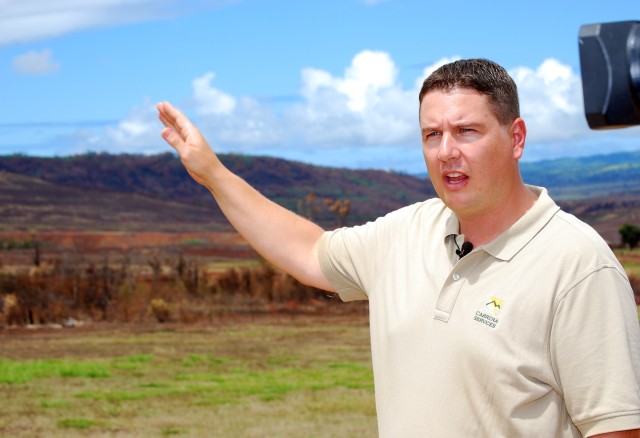

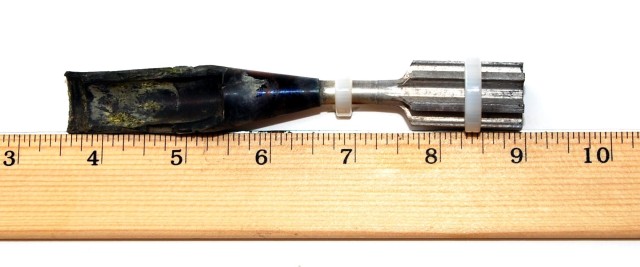
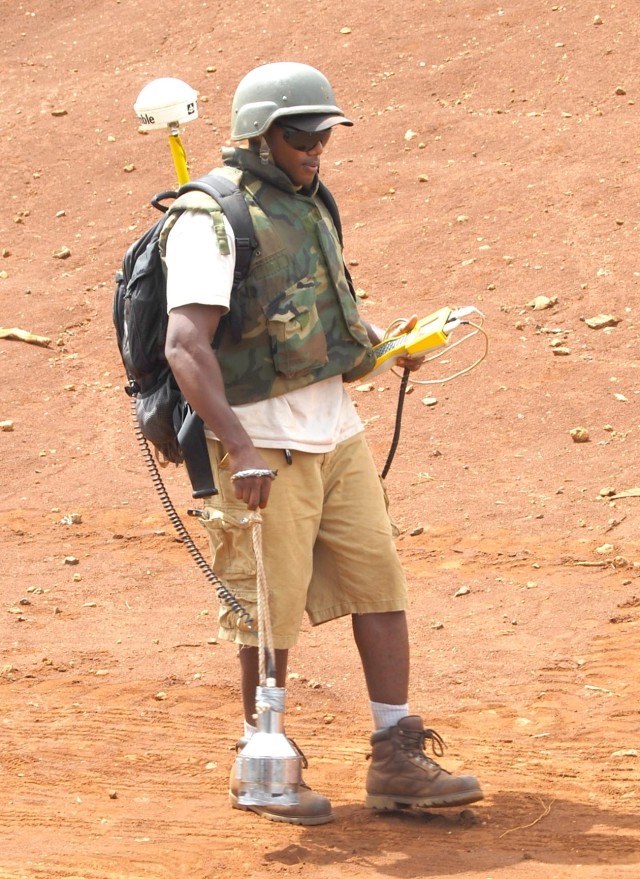
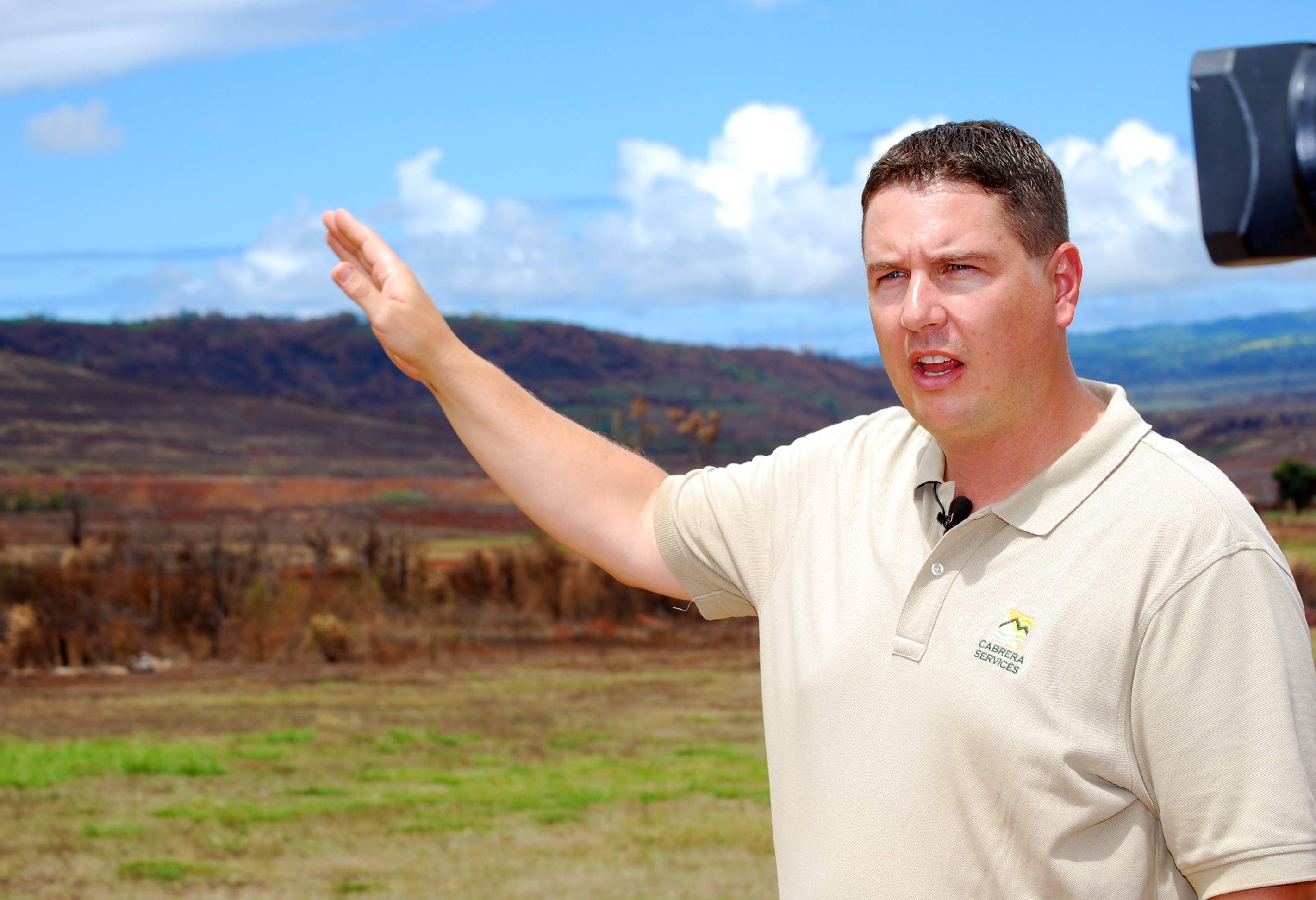
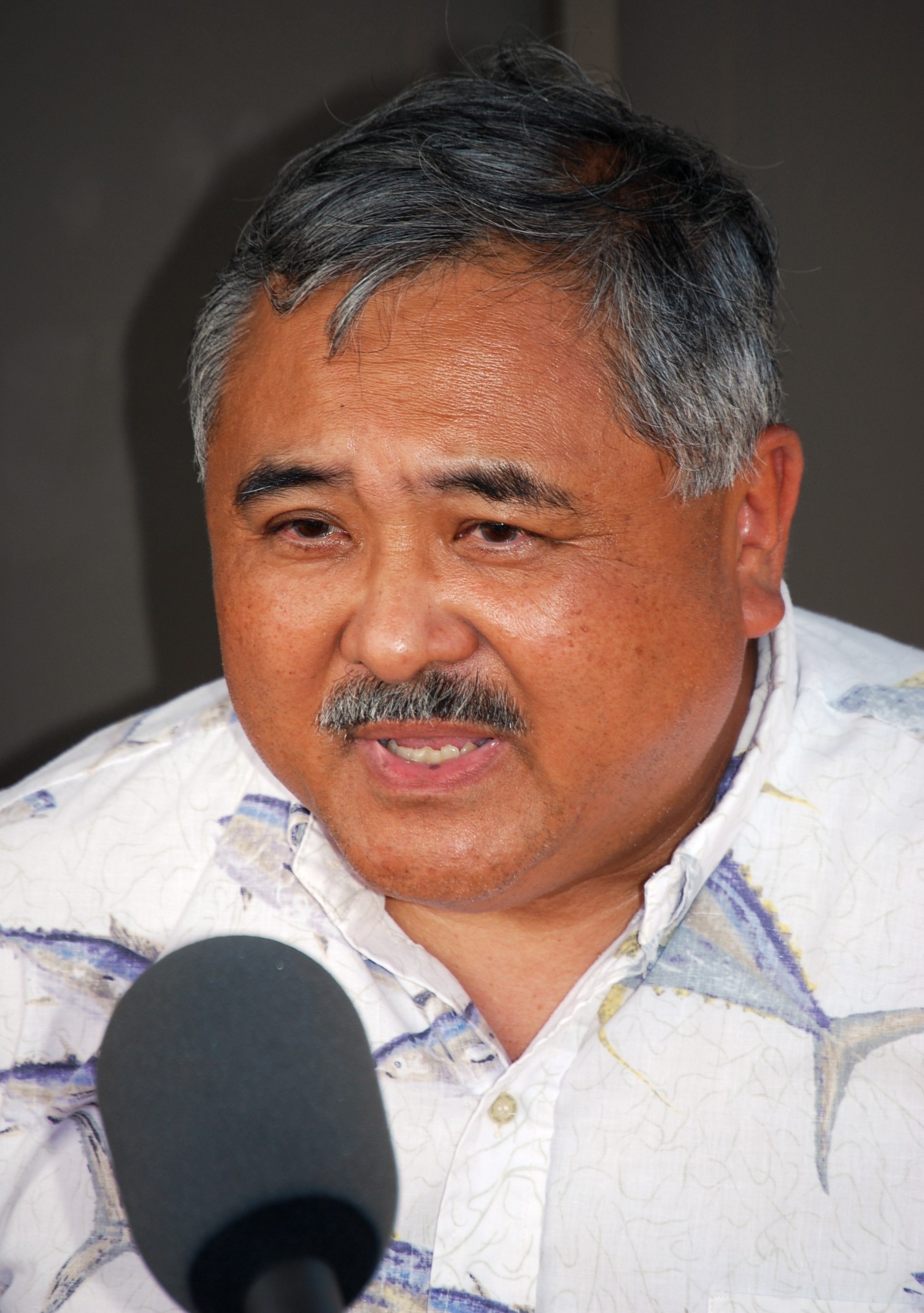


Social Sharing